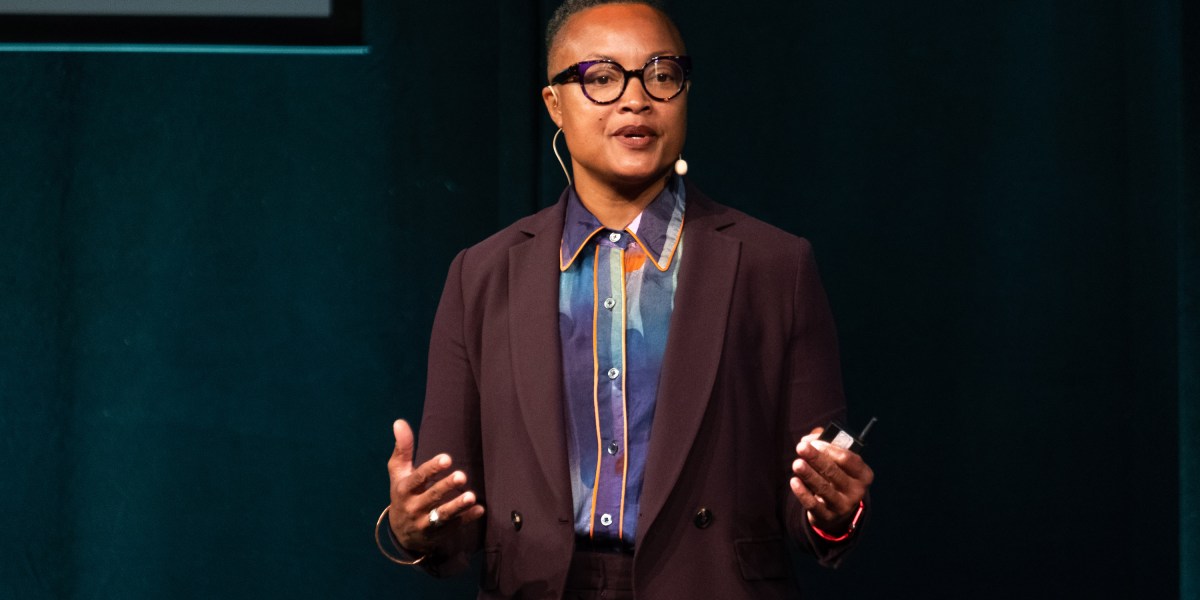The quest for equitable climate solutions

Afterwards, Baker sat down with us for a conversation about how to distribute the benefits of new technologies and address community concerns around new projects.
This conversation has been edited for clarity and length.
In your session, you talked a little bit about these situations where climate change and inequality intersect. Could you give some examples of clear cases where we can achieve progress on addressing climate change and inequality at the same time?
I like to think about the [low-income] tax credit program—it’s a 20% additional tax credit for investments in solar, wind, and clean energy.
I’m really excited that my office leads that program as the program administrator in partnership with Treasury. And over the last nine months or so, we’ve designed a program that we think will actually move the needle for low-income households, so they’re going to get access to solar and wind through either community energy, rooftop solar, or small-scale wind.
That access obviously helps to fight the climate crisis while also, if we’re successful, bringing down the overall cost of energy for those folks and actually bringing true economic benefits to those communities.
We think about a lot of clean energy technologies as being good for communities—like, having more access to cheap power is obviously a good thing. But there are also things like the hydrogen hubs or carbon removal, where there might be environmental impacts, especially for projects that still involve fossil fuels. How is your office navigating that and addressing those concerns?
Your question reminds me of the 1970s, which was the high-water mark for environmental laws and legislation making it to the books, with the Clean Air Act and the Clean Water Act. All of these new laws protecting our air and water were beneficial for many, many, many communities around the country. But communities of color, in particular, were saying: “We’re not seeing the benefit of these laws.”


